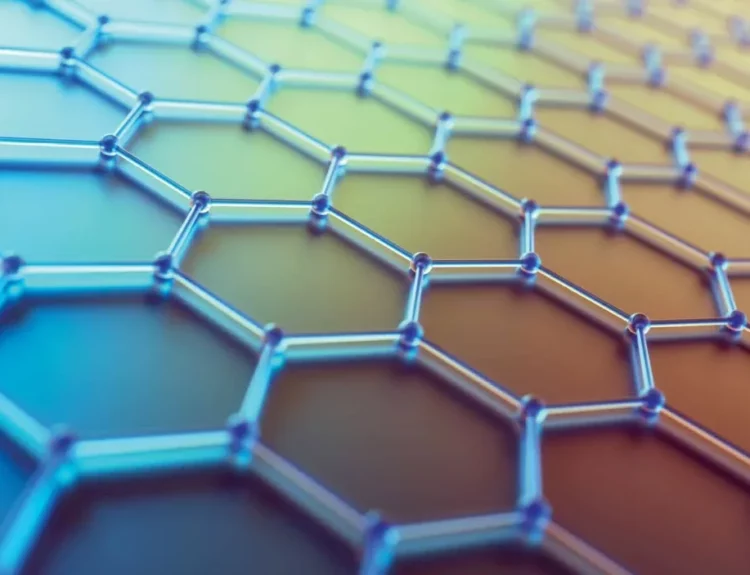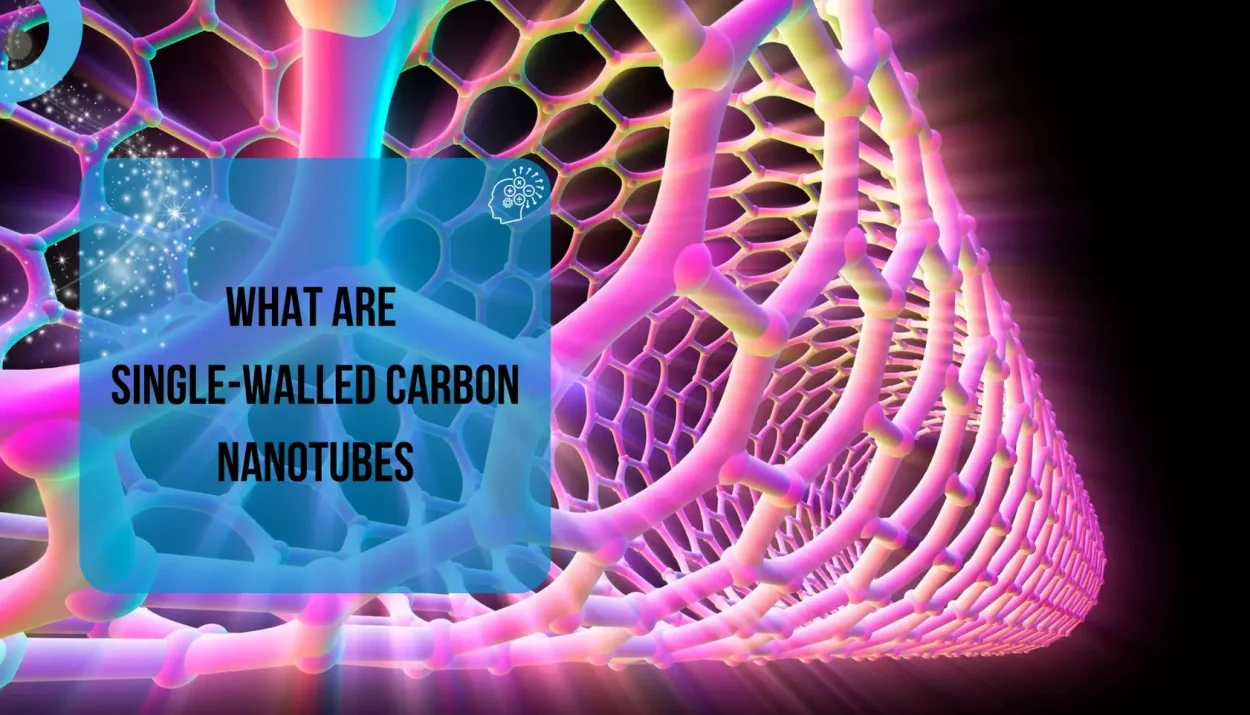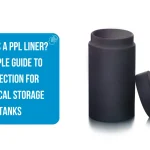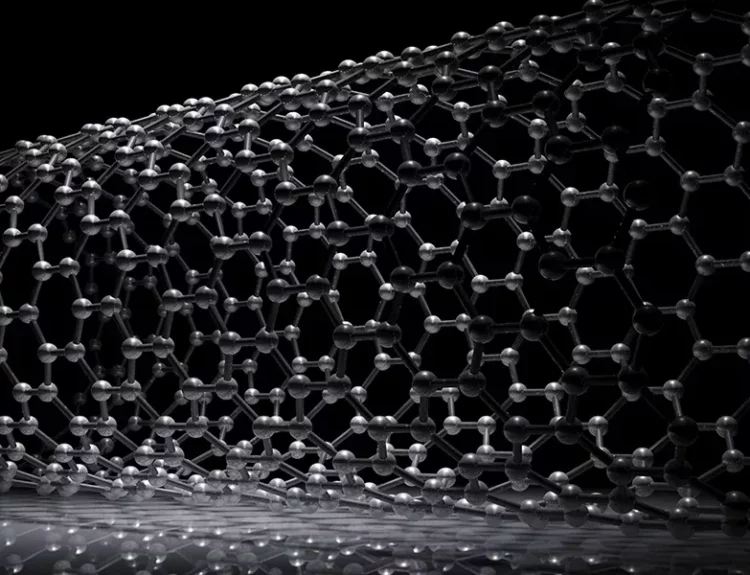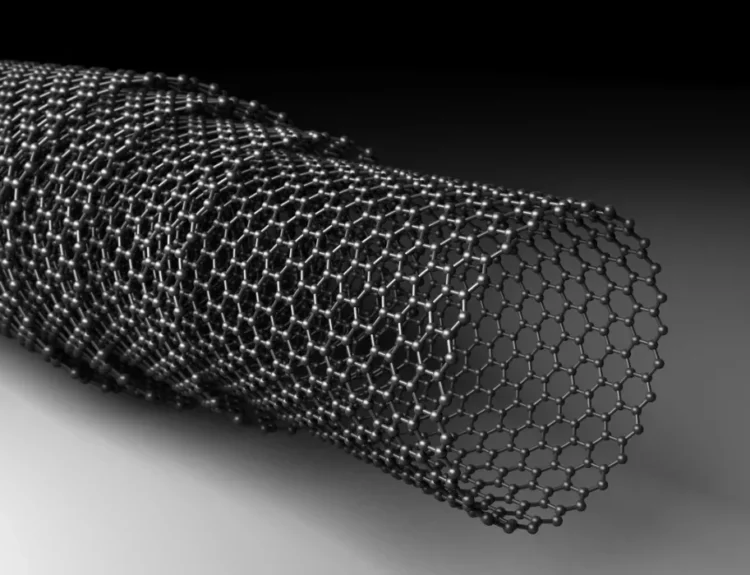What Are Single-Walled Carbon Nanotubes?
Single-walled carbon nanotubes, or SWCNTs, are tiny, tube-shaped materials composed entirely of carbon atoms. Imagine rolling a single sheet of carbon atoms (like a skinny chicken wire) into a bit of straw — that’s basically a SWCNT!
They are incredibly small — about 1 nanometer in and can be up to several micrometers long.
Structure of SWCNTs
SWCNTs are made from a single layer of carbon atoms arranged in a hexagonal pattern (like a honeycomb). This single layer is rolled up into a cylindrical shape. Because they have only one layer, they are referred to as “single-walled” (in contrast to multi-walled nanotubes, which have multiple layers).
Their structure gives them incredible strength and unique electrical properties.
Properties of Single-Walled Carbon Nanotubes
- Extremely strong and lightweight: SWCNTs are many times stronger than steel but much lighter.
- Excellent electrical conductors: They can carry electricity better than copper in some cases.
- Good thermal conductors: They conduct heat very well.
- Flexible: SWCNTs can bend without breaking.
- Chemical stability: They don’t readily react with other chemicals, which makes them durable.
Applications of SWCNTs
Because of their unique properties, SWCNTs are used in many exciting areas:
- Electronics: Used in tiny transistors, sensors, and flexible electronic devices.
- Energy: Help improve batteries and supercapacitors for better energy storage.
- Materials: Added to plastics and composites to make them stronger and lighter.
- Environmental: Used in filters and sensors to detect pollutants.
Why Are SWCNTs Important?
SWCNTs are a breakthrough material because they combine strength, electrical conductivity, and flexibility in an incredibly tiny package. This opens up new possibilities in technology, healthcare, and materials science.
Summary
Single-walled Carbon Nanotubes are tiny carbon tubes with incredible strength and electrical properties. Their unique structure makes them useful in various applications, including electronics, energy storage, materials, and more. As research continues, we anticipate even more exciting applications in the future.
